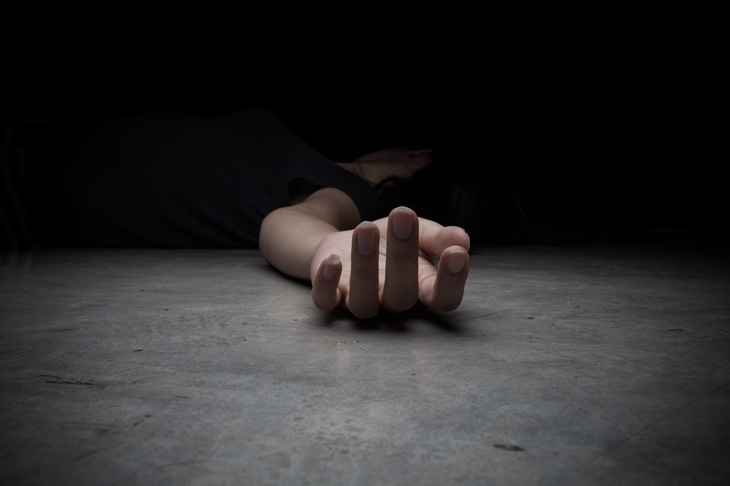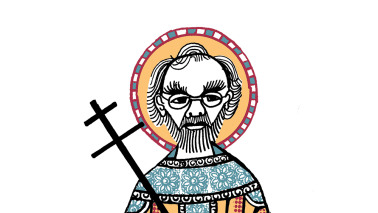A young woman, naked and covered in blood, totters numbly down a night road. A driver spots her in his headlights and swerves. Was he the last to see Clara alive? Did she jump to her death from a parking structure, as stated in the report? Are her rich family trying to hide more than their property deals? What was the preternatural bond that tied together Clara and her brother? Why did she let various older men seduce her? Who is running a Twitter account in her name, having begun with ‘I didn’t kill myself’? These questions will keep haunting you even after you’ve turned the last page of Ferocity. The novel, awarded the prestigious Strega Prize in 2015, ticks all the boxes of a thriller while also being a masterfully written, baroque, many-faceted depiction of modern Italy.
The plot hinges on the figure of Clara, a strong presence in the life of everyone who has ever crossed her path, reconstructed from ‘an elusive compound of other people’s thoughts’. Constantly cutting between viewpoints, the narrative darts from the past to the present and back, often within the same passage, demanding — as any good book should — your full attention. You know you can’t afford to miss a single piece of the puzzle. Thanks to such deep immersion, scenes of life in Italy’s south, with its unbridgeable gap between the haves and the have-nots, remain imprinted in your mind. Eager to find out what it was the driver saw on that night, you hang on to every word of his story, which unfolds in a world where ‘even dignity sprang out of an abuse of power’.
‘Poverty is disgusting’ in this world, ‘but nothing is more disgusting than the needy themselves’.








Comments
Join the debate for just £1 a month
Be part of the conversation with other Spectator readers by getting your first three months for £3.
UNLOCK ACCESS Just £1 a monthAlready a subscriber? Log in